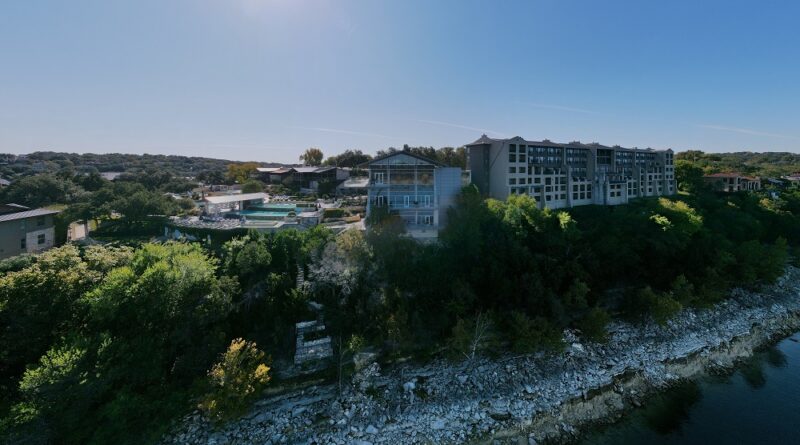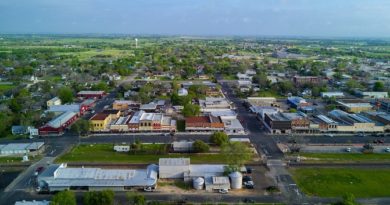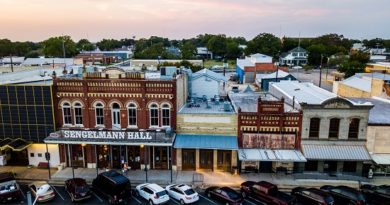How Much Money To Keep In Your Medical Business Account
The past 12 months have been filled with unexpected expenses or a significant drop in income for most practices. My practice has been no exception to this rule. This week, Texas had an unprecedented ice storm bringing my practice to essentially a halt for an entire week. This means no income for this week but continued expenses for overhead. There will be more events like this in the future. Maybe not exactly this reason for why we have to shut down, but something else will come up to inhibit us working. It is best to have cash set aside for unexpected expenses. But how much should you set aside? A lot of that is going to depend on what stage of business you are in.
What Stage Of Business Is Your Business?
There are 4 main stages of business if we exclude business that are in active decline.
- Development
- Startup
- Growth
- Mature
The amount of cash you will need to set aside highly depends on what stage of business you are in.
Development
During the development phase, usually not much cash is needed on hand. The development phase is the time when you are forming the business, writing a business plan, creating the LLC, and doing market research. At this point, less than $10,000 is most likely all you need to get started on paper. I started my company for a little less than $2,000 at this stage.
Startup
The startup phase is highly variable in terms of expected costs and needed overhead. I will define the startup phase as the period of time when the business hard and soft assets are being created or assembled. This is from the time you decide to open the business and start paying for a new phone/fax number, to renting a space, to getting equipment, and finally opening your doors.
During this phase, I would have six months of cash on hand for recurring expenses. This is on top of the onetime startup costs. Whatever your expected costs are per month in your business plan, I would increase that by about 33% to allow some kind of buffer when calculating your six months overhead. Using this method, it is highly unlikely that you will run out of cash before you start making money. I found all my estimates for money spent to be about 30% lower than what I anticipated.
Growth
The growth phase is where many companies end up going bankrupt. Even for certain Fortune 500 companies, they get this wrong all the time. On a smaller scale, where I am located there is this Mexican restaurant that had wildly successful results with their first restaurant. They went from a mature phase with one location to a growth phase after they tried to duplicate the success by opening 3 more places. Within 2 years of their growth phase, they went bankrupt as the other locations did not perform quite as well as the original. However, we can break the growth phase down into aggressive growth and moderate growth.
Aggressive Growth
For aggressive growth I would argue that you need at least 12 months cash reserve in the bank before doing any type of growth. For more modest growth, six months should suffice. Lets take a look at two clinics that have two different types of growth in mind.
Clinic A Example
Clinic a decides to grow by hiring another physician. This is going to have overhead costs associated with it, but expected revenue increase down the line. There is a gamble here hiring another doctor. We are assuming that patients will come see them and that they will bring in money.
It would be safe to assume six months of this doctor working until recouping some to most of those losses.
If the average physician takes home $200,000 a year, that equals about $16,000 a month in gross income. The employer has to pay almost 7% taxes on top of that , another $10,000 a year in various benefits ranging from malpractice insurance to increased other staffing costs. Clinic A realistically needs to assume that they have an extra $120,000 in the bank at the time of hiring them to potentially support hiring another physician and growing.
This is a more modest type of growth since only one factor is really changing in the growth plan….one doctor joining the practice. The same model could be used if buying a new device for a practice.
Clinic B Example
For Clinic B, this practice decides to take a much more aggressive growth and bring on a whole second location. Not only is another physician needed, but rent will have to be paid plus overhead costs with the second location. There are so many more moving pieces with adding a second location that inevitably some sort of delays are going to happen. For example, when I bought my location I am in now, I expected to move into it 8 months earlier than I actually did. Part of that delay was due to COVID-19, but there are inevitable delays with construction and starting a location.
Assuming rent is $10,000 a month , additional insurance and employees are another $10,000 month on top of the $20,000 month for the physician this equals about $40,000 a month in extra overhead. Before adding a second location with this high of overhead, I personally would make sure that I had almost half of a million dollars in the account to cover a year expenses.
You might be thinking to yourself, I am being a bit on the conservative side here. Its not like you will have to pay the staff full time salary if not open. While that is true, you want to have a buffer in the event that something does happen to keep your doors unexpectedly closed.
The growth phase of any business never goes as planned. You have to plan for unexpected events and you have to have a cash buffer. The more moving parts, the higher the risk. Opening a second location has many more moving parts compared to example A. You are significantly putting your future and your business future at risk if the cash cushion is not adequate.
Mature
The mature phase is a bit different. If you are a very well established company, you can take a look back at the last two years and know pretty confidently what your expected income is going to be versus expected expenses without any one time large expenses foreseen on the horizon, as low as a three month buffer may suffice.
Mature practices can easily scale back on expenses and furlough employees or pause certain recurring expenses during unforeseen downturns.
My Growth Phase
I personally have been pretty aggressive on the growth phase. I have added two new physicians and I’m adding a second location this year. Because of this, my personal income has taken a hit. I have put a significant portion of revenue back into the business to grow the business to ensure these buffers are in place. Hopefully by the beginning of 2022, we will not only have two locations but potentially be adding a third location based on current growth projections.
I’m okay with very fast growth. Especially since in my personal life I have no other debt and have no significant recurring expenses on a monthly basis. This allows me to live a lean life while putting much of my money into growing the practice.
Do Your Best To Have A Reserve
Before I started my business, I did locums to provide a cushion for my business. I also could rely on locums to have a slightly lower buffer when I first started up since I had a second source of income coming in.
Your results may be slightly different. Bill Gates when he started Microsoft talked about how he almost went bankrupt by only keeping 3 months of cash on hand. That did not work out well with rapid growth. The following year he kept 12 months of payroll and cash on hand to ensure that he never again has to worry about making payroll going forward.
Take measured risk but make sure to have a buffer when it comes to business. If you over leverage yourself, you will find yourself stressed financially and personally.




